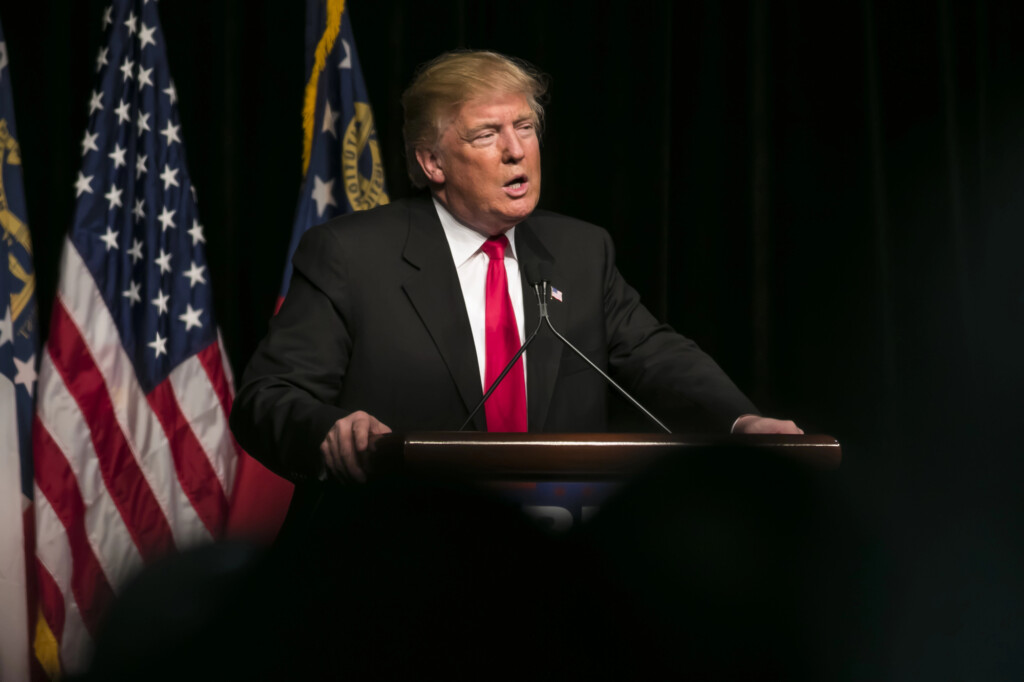President Donald Trump has announced a massive hike in tariffs on Chinese imports, bringing total levies to 104%. The decision, unveiled by White House Press Secretary Karoline Leavitt on Tuesday, raises the stakes in a trade war that’s threatening to reshape global supply chains, hurt American consumers, and stifle small businesses.
Trump’s move adds to the existing Chinese tariffs that were scheduled to increase by 34% this week. But in response to China’s announcement of its own retaliatory tariffs on U.S. goods, Trump added another 50% — making good on his promise to take a more aggressive “America First” approach to international trade.
China is now facing 104% in total levies on every product shipped to the U.S.
“Countries like China, who have chosen to retaliate and double down on their mistreatment of American workers, are making a mistake. President Trump has a spine of steel, and he will not break,” Leavitt said in a press briefing.
The Chinese Commerce Ministry called the move “a mistake upon a mistake” and vowed swift retaliation.
Let’s break it down: A 104% tariff means that the price of a product imported from China will more than double upon entry into the U.S. If a retailer buys $100 worth of Chinese electronics, they’ll now pay $204 for those same goods. And guess who ultimately pays the price? The American consumer.
The effects of such a hike ripple through the economy in several significant ways.
Consumers will likely experience rising costs on a range of goods, from tech gadgets and clothing to home appliances. Small and mid-sized businesses that depend on Chinese manufacturing may face supply chain disruptions, as they will either have to absorb the increased costs or invest time and resources into finding alternative production options.
Additionally, industries impacted by retaliatory tariffs—particularly agriculture, automotive, and manufacturing—could be forced to reduce their workforce, leading to potential layoffs.
With China accounting for $439 billion of imports into the U.S. last year, the relationship is deeply embedded in American economic life. China, for its part, imported $144 billion in U.S. goods. Mutual tariffs disrupt this delicate balance.
Trump’s latest tariff hike is being positioned as a bold stance against foreign influence and economic dependence, but many see it as political posturing ahead of the 2026 midterms.
The president has long accused China of unfair trade practices and currency manipulation, and he’s tying this trade move to issues such as fentanyl trafficking and illegal immigration, even though economists note that those issues are only loosely connected to Chinese imports.
Photo Credit: DepositPhotos.com



